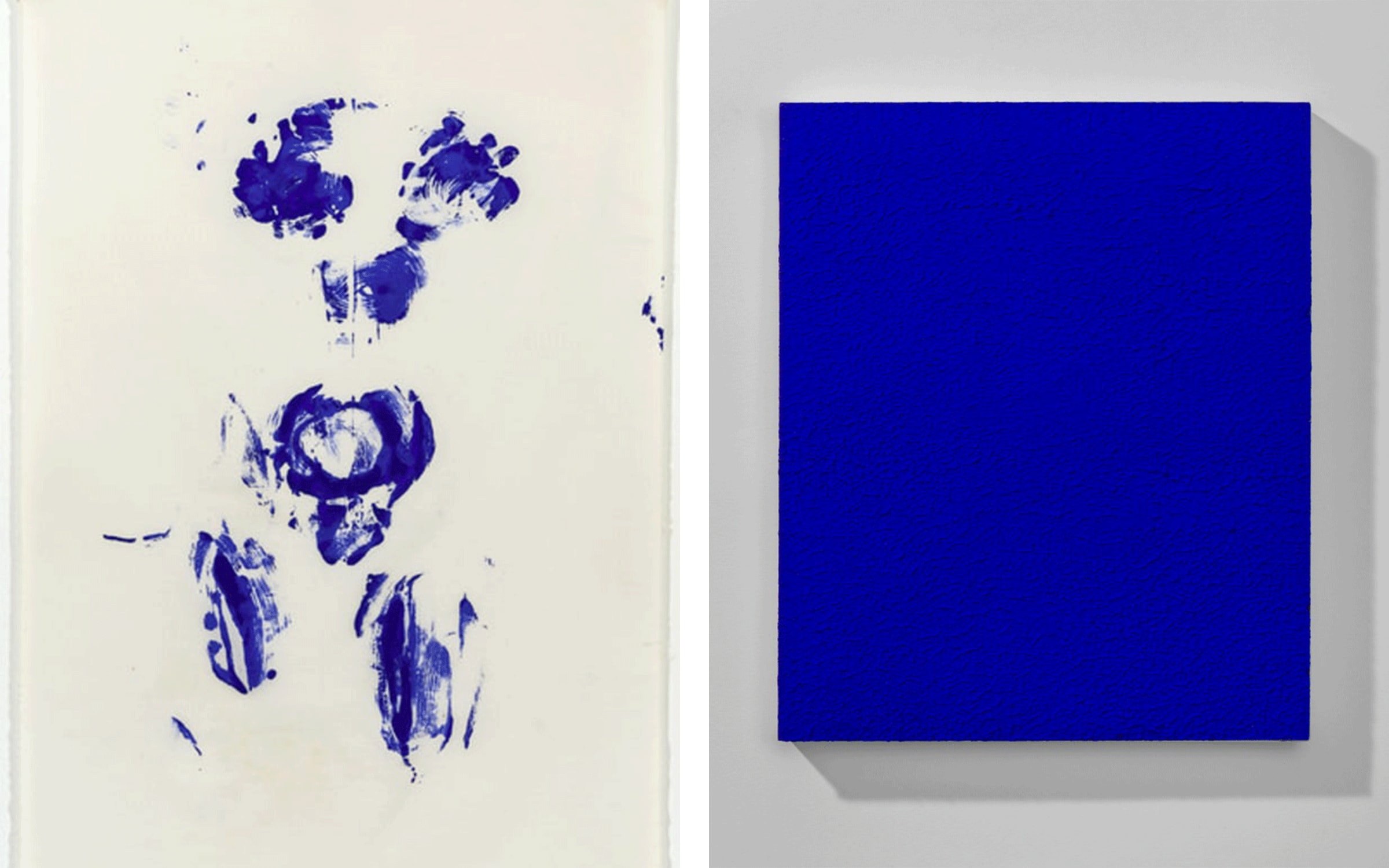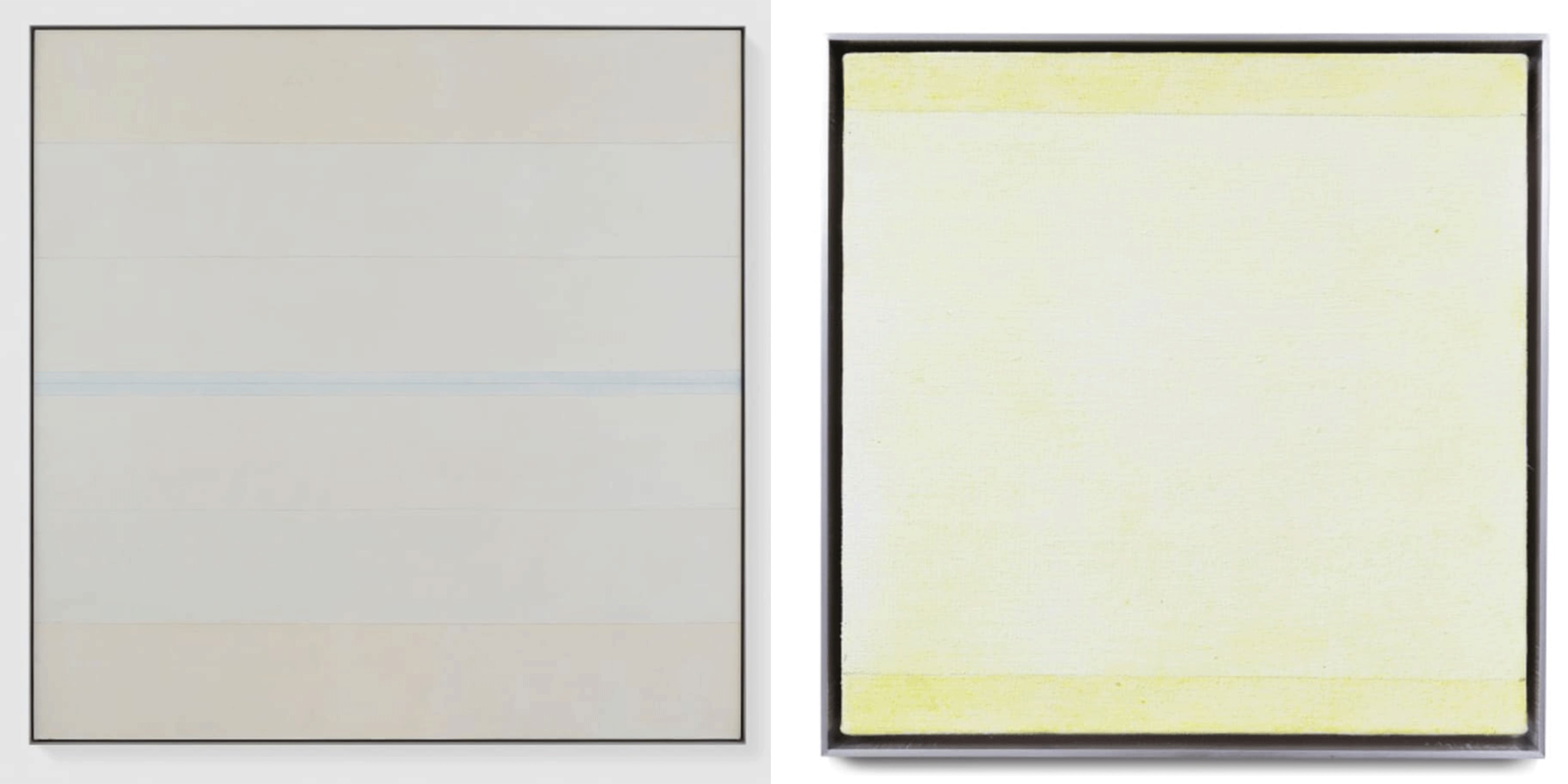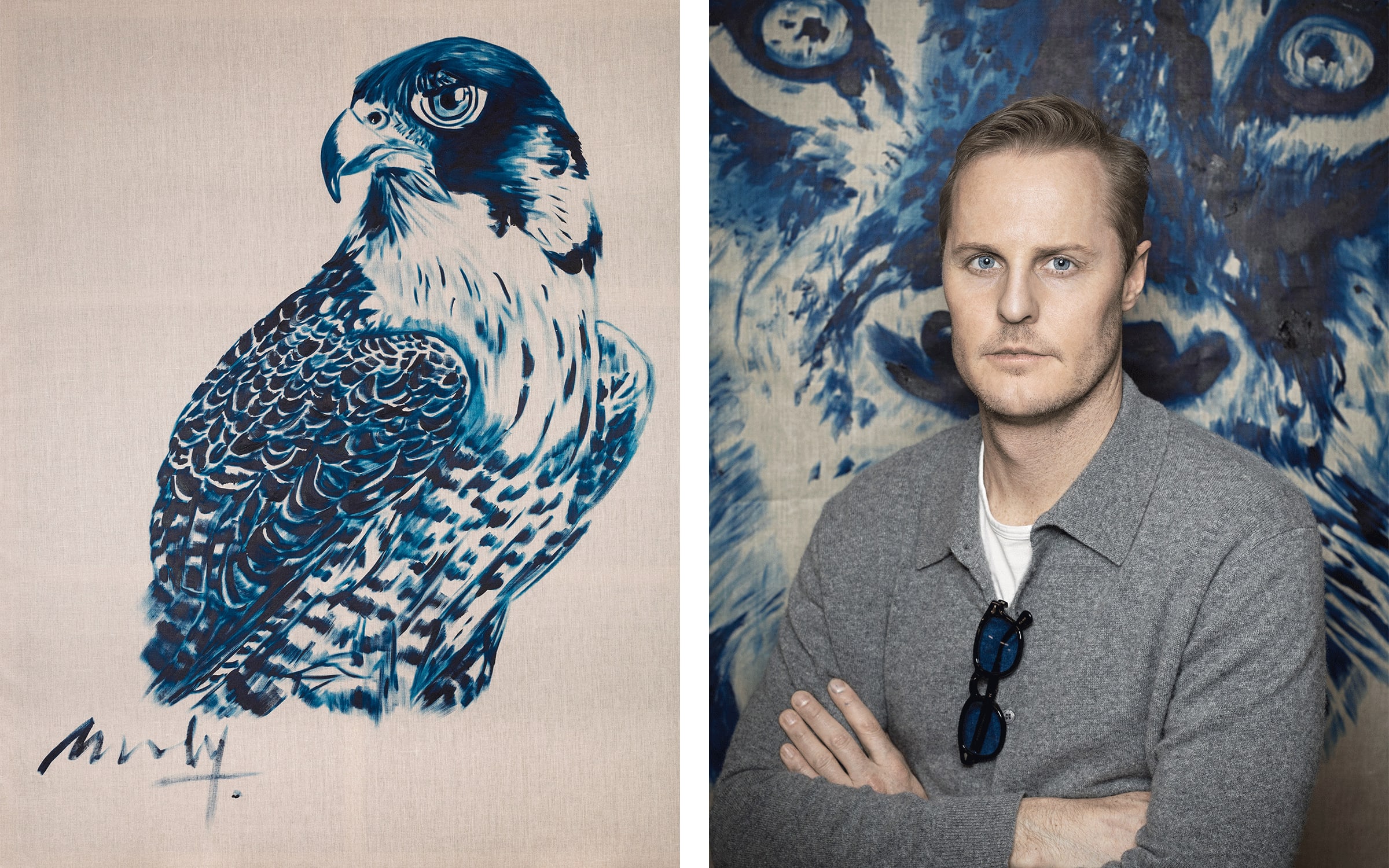‘Why is a gallerist coming to see me? I am not a sellable artist,’ said Lee Seung-taek – a pioneer of experimental art in 1970s Korea – when HyungTeh Do – current owner and CEO of Gallery Hyundai – visited his studio to discuss representation. In 2009, on the occasion of Lee’s reception of the Nam June Paik Art Center Prize, Do helped interpret curator Hans Ulrich Obrist’s interview with the artist. Between English and Korean, Do became ‘enamored’ with Lee’s unprecedented oeuvre, which included ‘non-sculptures’ made from unconventional materials, including earthenware, flimsy plastic, lumber, and rice paper. Lee’s sculptures also incorporated natural environmental elements, such as water, fire, wind, and fog, which was barely defined within modern Western sculpture. The ephemerality of his works, as shown in Burning Canvases Floating on the River (1964), separates his pieces from the traditional genealogy of Western art history, limiting their collectability. Nonetheless, when Do recognized the value of Lee’s work, he decided to represent him.

Over the past decade, Korean avant-garde art from the 1960s and 1970s, including Lee’s works, has garnered increasing global attention. This year, Lee’s Wind-Folk Amusement (1971) was reenacted in Hudson River Park by Canal Projects in New York, and Godret Stone (1958) is part of the Tate Modern collection in the UK. This interest in artists from Korea extends beyond Lee Seung-taek to artists who shared his interests during that era. The group exhibition ‘Only the Young: Experimental Art in Korea, 1960s–1970s’ will be showcased at the Solomon R. Guggenheim Museum in the fall and later travel to the Hammer Museum in LA. The exhibition is based on years of collaborative research with the National Museum of Modern and Contemporary Art in Korea, and it illuminates the era’s young artists who used experimental materials and processes to create avant-garde aesthetics while facing rapid socio-economic and political change after the Korean War.
Why are we seeing Korean modern and contemporary art now? The influx of international galleries and art fairs since the mid-2010s has grown Seoul into a contemporary art hub. For instance, since Perrotin opened its doors in Jong-ro, a historical gallery district of Seoul, in 2016, several prominent galleries, including Lehmann Maupin, Pace, Thaddaeus Ropac, and Gladstone, have opened branches across Seoul to bridge the Korean and global art scenes. The draw for the galleries lies in the country’s solid socio-economic infrastructure and impressive cultural offerings, including the global success of the K-pop and K-movie industries. This content has captured worldwide audiences and significantly contributed to Korea’s growth. The visual arts are no exception; they are poised to thrive in this vibrant cultural environment.

But above all, the successful ongoing ‘second debut’ of Korean contemporary art on the international stage is attributable to a dynamic and autonomous art community cultivated for decades and local galleries’ role in introducing Korean artists to overseas markets and discourses. These galleries, including Gallery Hyundai, Kukje Gallery, and Hakgojae Gallery, have consistently discovered and championed artists, from pre- and post-war abstract painting to today’s new media arts, connecting them to a diverse range of cultural players, such as museums and collectors. Their generational efforts have laid a robust foundation for the Korean art community.
Gallery Hyundai – which opened as ‘Hyundai Hwarang’ in April 1970 as the first gallery in Korea to incorporate both sales and artist support within its contemporary art programming – has led the Korean art community for the past half-century. Under the visionary leadership of its founder, Park Myung-ja, the gallery began incorporating contemporary abstract painters into its program in the 1970s and 1980s to cater to global audiences. In 1987, Gallery Hyundai introduced Chung Sang-Hwa’s monochrome canvases with grid structures at the Chicago International Art Exposition over a decade before the term Dansaekhwa was coined. The gallery continued highlighting the works of pre- and post-war abstract painters, presenting Yun Hyong-Keun at FIAC in 1995 and Suh Se Ok at Art Basel in 1996, which drew international attention to the artists. The gallery’s commitment to promoting contemporary Korean art on the global stage has been consistently upheld, as articulated by Do, current CEO and second son of the founder: ‘Our dedication to introducing Korean artists through art fairs goes beyond the pursuit of short-term gains, more towards educating future audiences.’

Reflecting on its role as a commercial gallery in the art scene, Gallery Hyundai’s approach to supporting Korean artists has continually evolved. Particularly noteworthy is their effort over the past decade to seek out movements beyond Dansaekhwa in Korea. Since Do’s encounter with Lee, the gallery has expanded its relationship with Lee’s like-minded contemporaries who aimed to subvert the notion of art by forming loose groups, such as ‘The Korean Avant-Garde Association’ (1969–1975). Through its vigorous program, the gallery introduced lesser-known artists, such as Park Hyunki, Lee Kun-Yong, and Lee Kang-So.
In addition to exhibitions, Gallery Hyundai continues the legacy of its founder, Park, who chose publishing to generate discourse surrounding then-contemporary arts. Just as she emphasized the importance of text by publishing the Hwarang magazine in 1973, which featured artistic movements occurring beyond national borders, the gallery is currently working to deepen intercontinental understanding by supporting researchers who produce studies and English texts on Korean contemporary art through the Korean Research Institute of Contemporary Art.
In June, Gallery Hyundai returns to Art Basel after a 15-year absence, and its artist lineup conveys Do’s aspirations to ‘lead the next 50 years at half a step forward while continuing the gallery’s legacy of the past 50 years.’ In the Galleries sector, the collaboration between Park Young-sook’s large-scale white porcelain and painter Lee Ufan’s dots and lines freshly contextualizes ceramics’ materiality within Korea’s modern and contemporary arts. In the Unlimited and Film sections, the duo Moon Kyungwon and Jeon Joonho and Ayoung Kim, respectively, address timely socio-cultural issues by transcending media, including video and installation. By exploring the significance of contemporary media art, Gallery Hyundai challenges itself to push beyond the inheritance of abstract painting or experimental arts of the past.
In the late 1990s, Do visited Nam June Paik, a founder of video art and his lifelong mentor. That’s when Paik said to Do, ‘When you run a gallery, you won’t just sell paintings. Because by then, all the walls will be covered with screens.’ Paik’s vision may have been the driving force behind Gallery Hyundai’s current move to seek potential in media arts as the next generation of Korean arts. What might Korean contemporary art look like in the next ten years? As a leader of modern art in Korea’s explosive growth trajectory since its inception, the gallery’s vision may provide a hint.